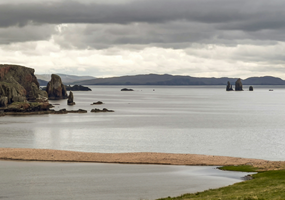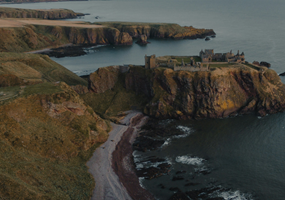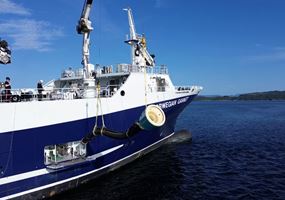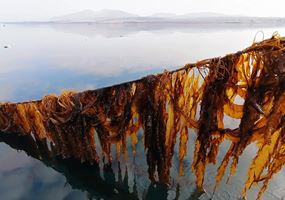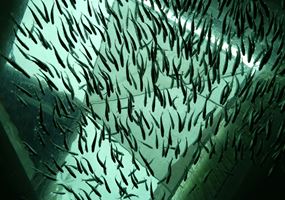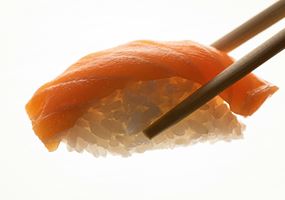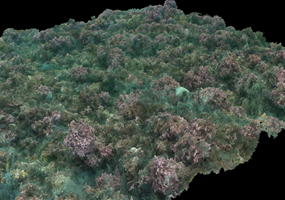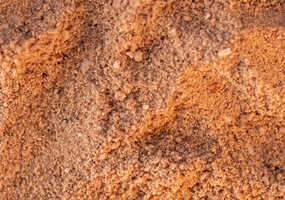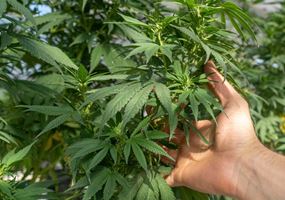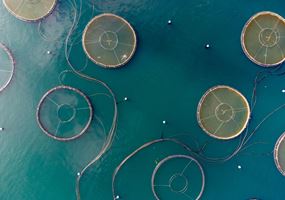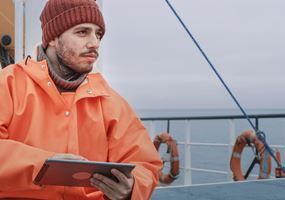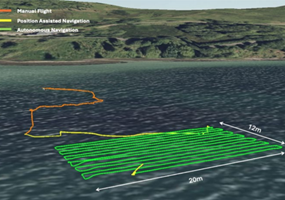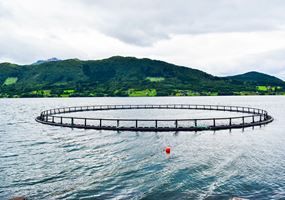Projects
We channel our resources into the areas that will benefit the Scottish aquaculture sector the most, including reducing its environmental footprint and increasing its economic impact.
Sign up to our Newsbites for project updatesThis case study explores the behavioural aspects of cleaner fish for improving delous...
The focus of this project was to explore the potential for a vaccine targeting the ad...
This project sought to determine how underwater imagery could be captured more effect...
This project explored an alternative approach to aquaculture waste management by deve...
This project sought to understand how freshwater environmental conditions - including...
This project aimed to create and validate lumpfish-specific operational welfare indic...
This project extends high-resolution harmful algal blooms (HABs) forecasting to the n...
This project delivered a fully operational early-warning system for harmful algal blo...
East Coast Innovation has developed a novel fish loading system that allows transfers...
Kelp farming is an emerging industry in Scotland, offering sustainable solutions for...
Led by the University of the West of Scotland, this project aimed to develop innovati...
This project investigated the drivers of complex gill disease (CGD) in farmed Atlanti...
This project sought to validate 3D photogrammetry as a regulatory tool for monitoring...
The ultimate goal of this project was to transform food production and supply chains...
This project focused on establishing a UK-based, sustainable supply chain for a compe...
This project aimed to develop innovative, high-throughput, and cost-effective diagnos...
This project has established a ground-breaking framework for automated sea lice larva...
This project successfully demonstrated the feasibility of cost-effective, high-precis...
This project explored the role of autophagy – a cellular recycling mechanism that bre...
Industry-academic collaborations
Some of our projects have a lifetime of less than one year, while others are longer-term, multi-partner collaborations of up to three and a half years. Each project unites industry know-how with specialist academic expertise; something that SAIC works hard to encourage by helping forge the necessary connections.
Priority innovation areas
Our work is focused on catalysing and co-funding innovation in the areas identified by the sector as being top priorities. We call them our priority innovation areas – or PIAs for short.
Over the years, the industry’s priorities for innovation have evolved. Therefore, so too have our PIAs. This helps ensure that we continue to deliver maximum benefit from the combined investment being made. SAIC's three PIAs are 1: Finfish health & welfare, 2: Unlocking sector capacity, and 3: Shellfish and other non-finfish species.







